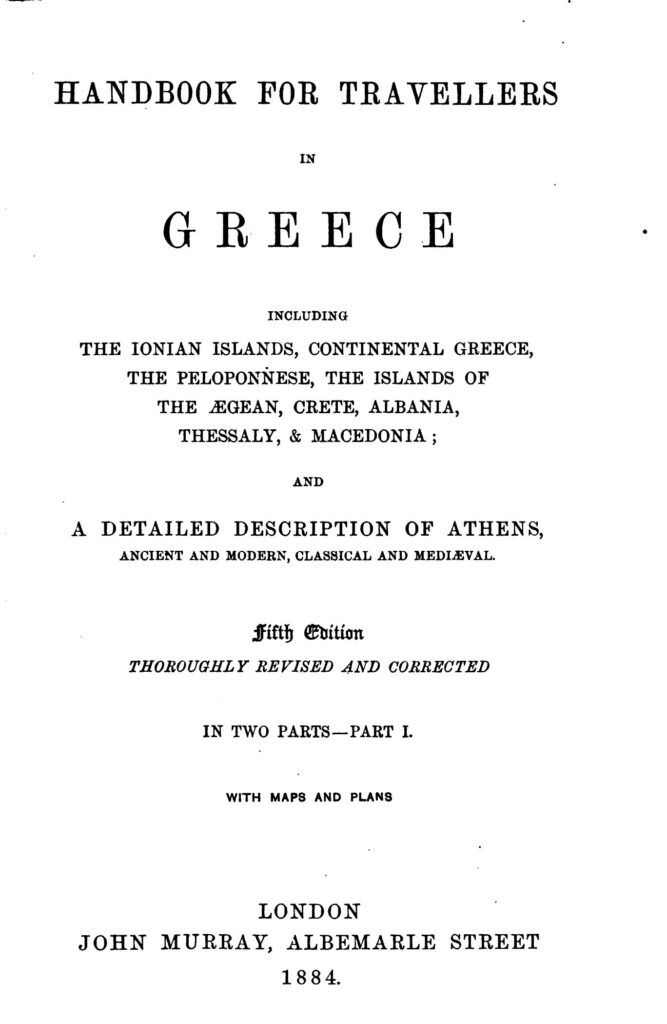
At the end of the 19th century, between western ‘Christmas’ and the New Year, Mabel and Theodore Bent could be waved to embarking on their imminent winter/spring campaign, or putting last preparatory touches to its details; packing all their necessaries into dozens of bags and boxes, and trunks, mixed in with the travel books, and clothes; very important… the clothes, the books. One essential volume, for example and of course, would be a Murray: his Handbook for travellers in Greece…, the 1884 edition is referenced reverentially in Mabel’s travel diaries for 1885 (the Dodecanese).
And explorers (of all genders) into the Levant in 2023 should heed and endeavour to follow the dress code as stipulated by Murray; it was religiously adhered to by the Bents:


A decade later, July 1895, the Bents gave an interview to The Album, and Mabel opens the Bent wardrobe doors for us: “And have you any views on the best travelling costume?” [The interviewer enquires]. “Yes, inasmuch that we do not alter or modify our travelling costumes, wearing the same kind of clothes in both Africa and Asia. [Theodore] finds a Norfolk jacket and breeches the most practical and pleasant form of dress for either riding or actual exploring work. My travelling dress consists of a tweed coat and skirt, a pith hat, with breeches and gaiters. The skirt is made in pleats, and is so arranged as to act as riding habit when I am on horseback. When actually in camp, that is to say, during the heat of the day – for early morning and evening are the only safe hours to travel – I put on a linen shirt or blouse and ordinary skirt.” [The Album: A Journal of Photographs of Men, Women, and Events of the Day (8th July, 1895, Vol. II, No. 23, pp.44-45)]
Best wishes for 2023 from the Bent Archive.
‘Not fare well / But fare forward, voyagers.’
 Leave a comment or contact us about this article
Leave a comment or contact us about this article